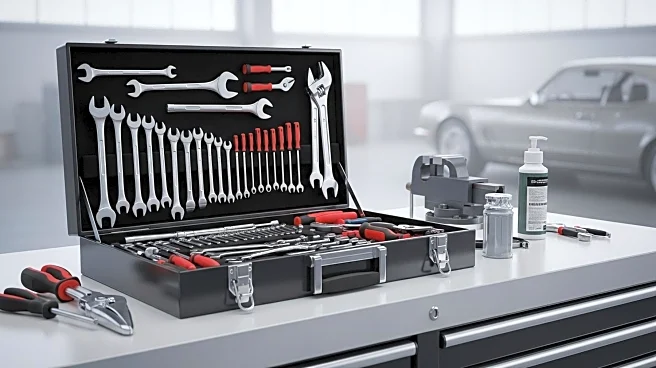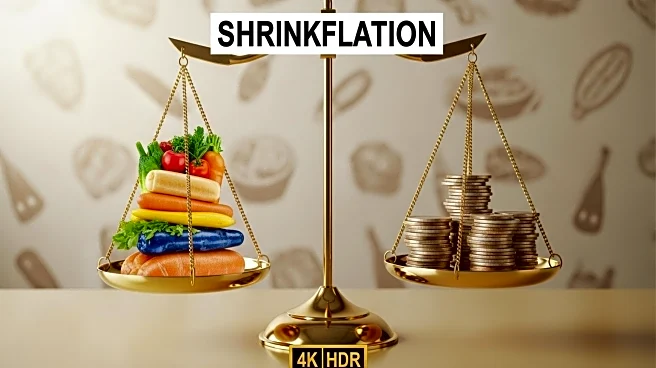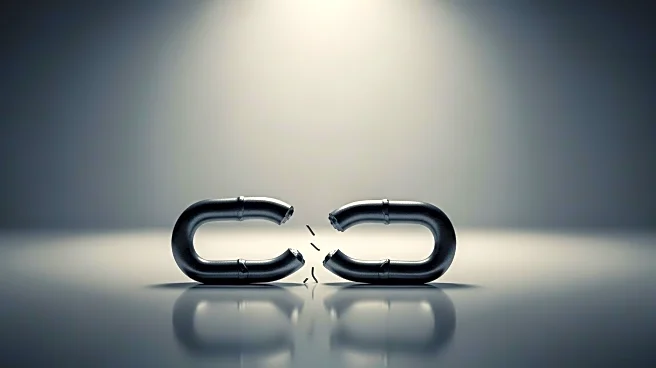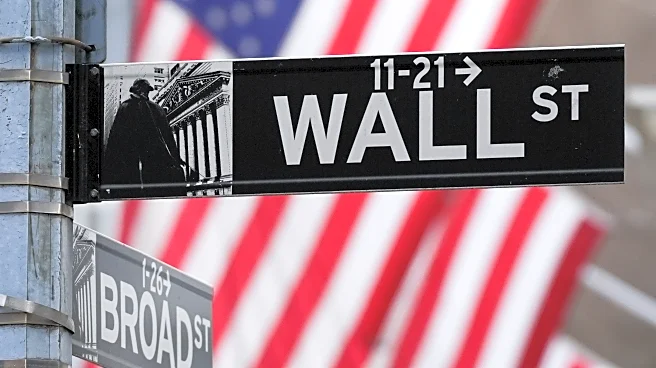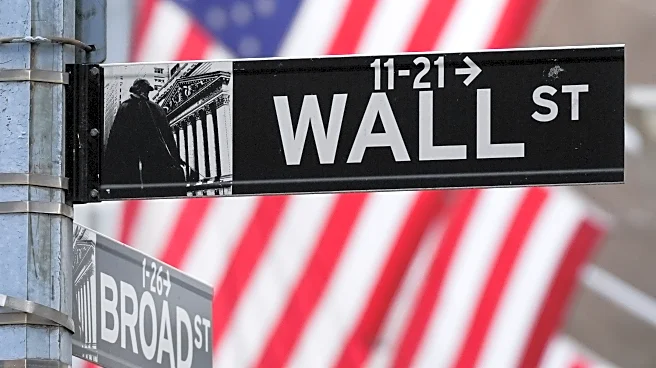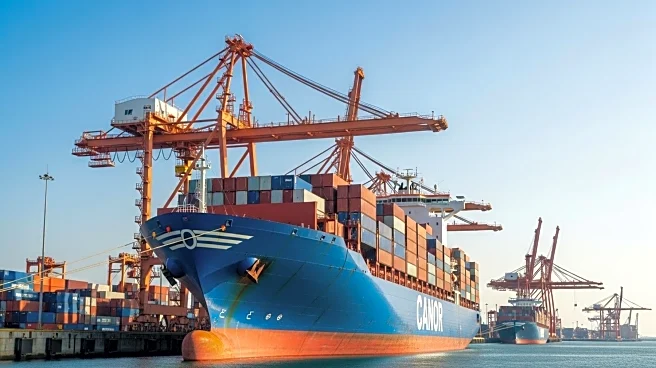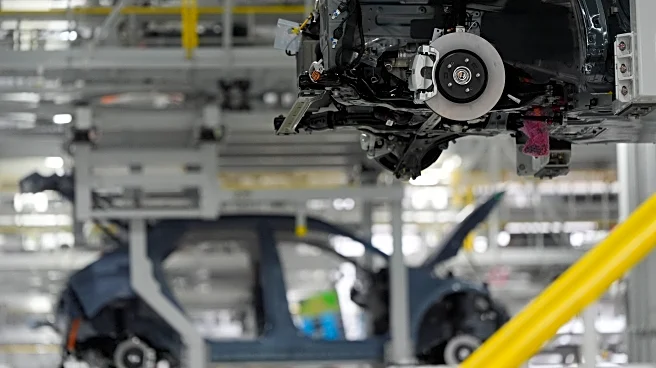What's Happening?
Auto repair costs in the United States have experienced a significant increase, with a 5% rise from July to August, marking the largest one-month jump on record. Over the past year, repair costs have surged by 15%, according to the Consumer Price Index. While tariffs on imported auto parts contribute to this rise, other factors such as the aging of vehicles, a shortage of technicians, and the complexity of modern vehicles are also driving costs up. Tariffs, which impose a 25% tax on imported parts, have affected the price of repairs, as many auto parts are sourced from overseas. Additionally, the average age of vehicles on the road has increased to 12.8 years, leading to more expensive repairs for older cars. Labor costs, which constitute about 60% of repair expenses, are also rising due to a shortage of qualified technicians.
Why It's Important?
The increase in auto repair costs has significant implications for U.S. consumers and the automotive industry. As new car prices remain high, consumers are opting to repair older vehicles rather than purchase new ones, which can lead to higher long-term maintenance costs. The tariffs on imported parts add financial pressure on consumers, especially those with vehicles requiring foreign components. The shortage of skilled technicians further exacerbates the issue, driving up labor costs and potentially leading to longer wait times for repairs. This situation highlights the need for policy adjustments and industry strategies to address the challenges posed by tariffs and workforce shortages.
What's Next?
The automotive industry may need to explore solutions to mitigate the impact of rising repair costs. This could include investing in training programs to address the technician shortage and exploring alternative sourcing strategies to reduce dependency on imported parts. Policymakers might consider revisiting tariff policies to alleviate the financial burden on consumers. Additionally, as vehicles continue to age, manufacturers and repair shops may need to adapt their services to meet the growing demand for maintenance and repairs.
Beyond the Headlines
The rising costs of auto repairs could lead to broader economic implications, such as increased financial strain on households and potential shifts in consumer behavior. As repair costs climb, consumers may prioritize essential repairs over discretionary spending, impacting other sectors of the economy. The situation also underscores the importance of sustainable practices in the automotive industry, as reliance on imported parts and aging vehicles pose challenges to environmental and economic sustainability.

